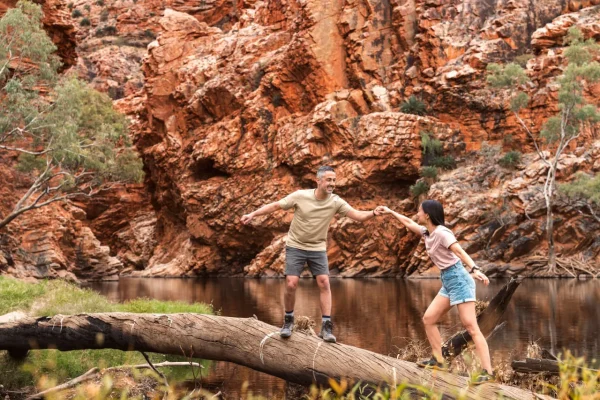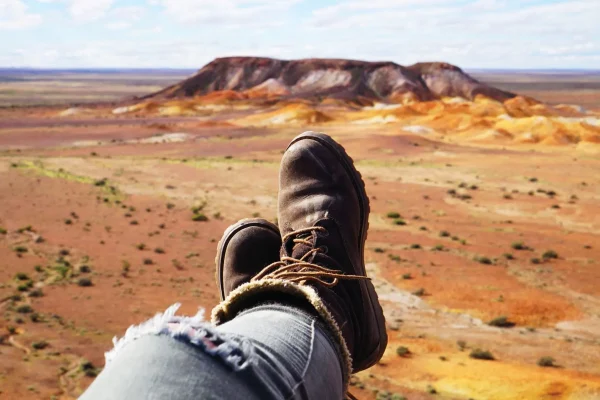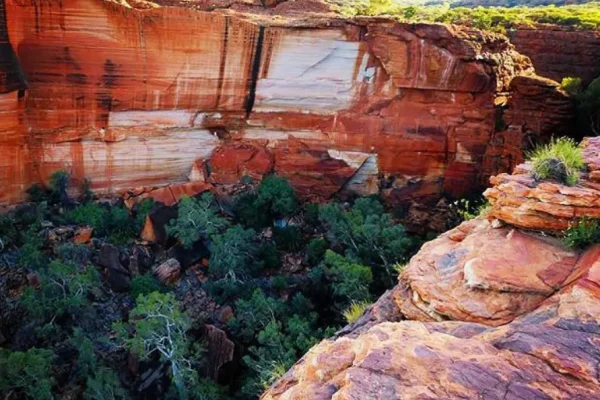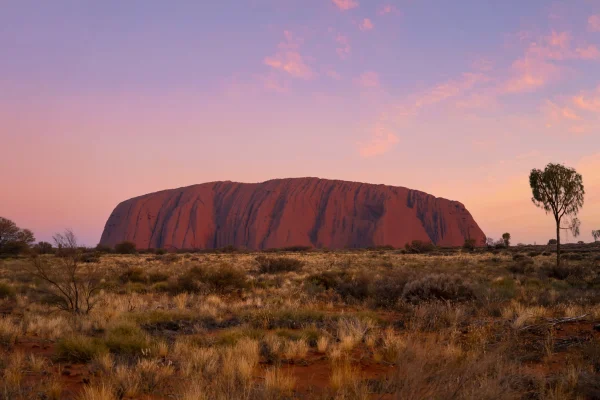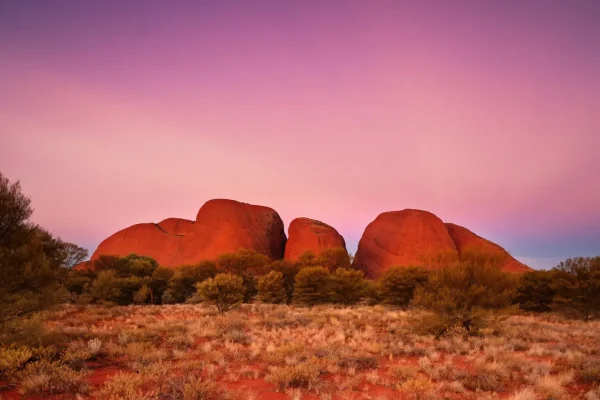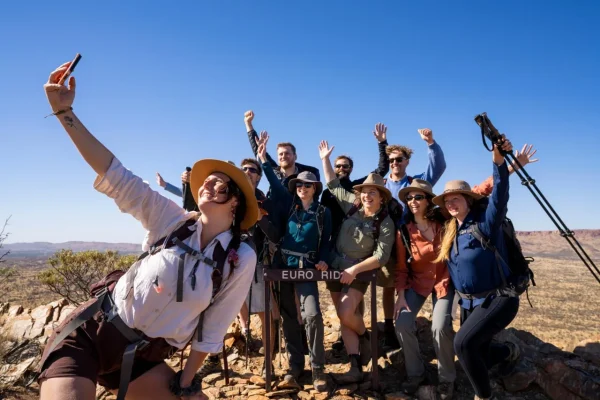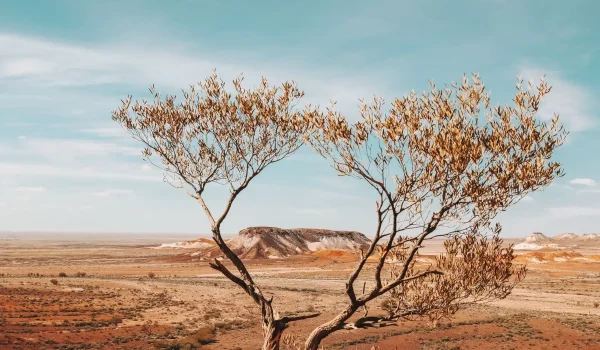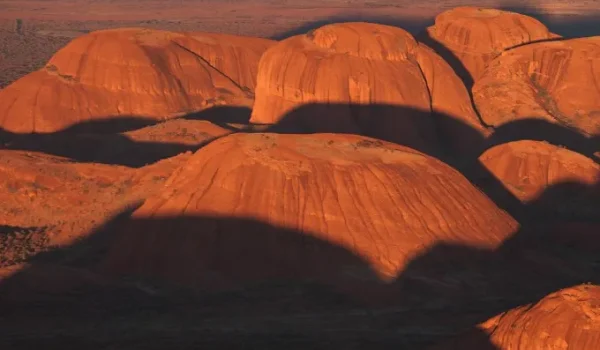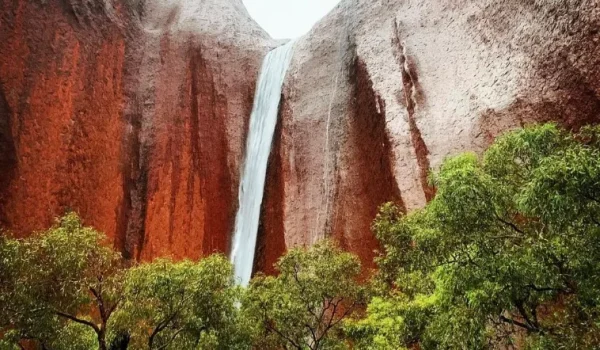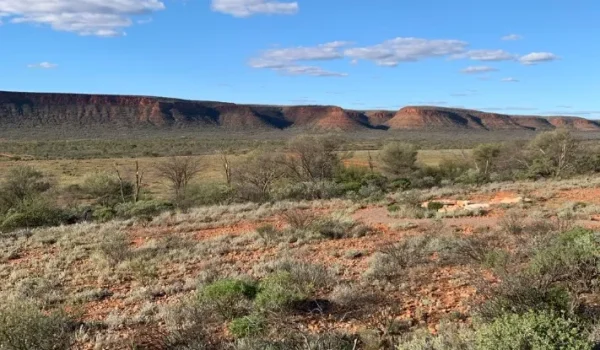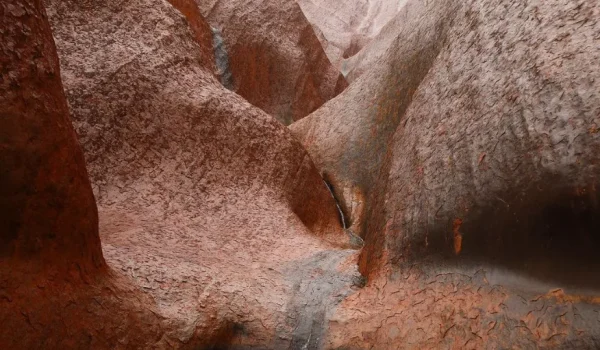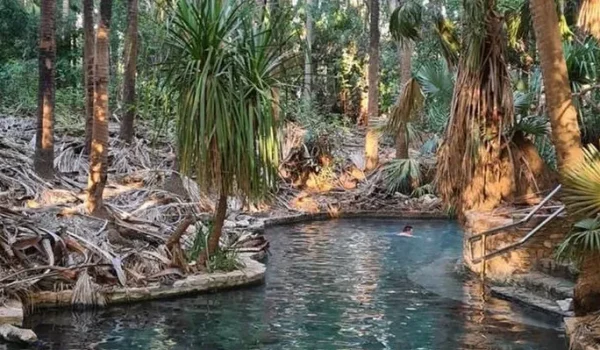To climb Uluru or not – that was the question. Since October 2024, visitors have no longer had a choice. Our beloved Uluru is now subject to a general climbing ban, and for good reason.
Reasons why you shouldn't climb Uluru
If you are heading to the Red Centre and plan to climb Uluru, please do not do so.
Since the agreement was signed, the park has received over seven million visitors, many of whom have climbed Uluru. Despite warnings and requests from the Anangu people not to climb the cultural monolith, tourists still seek an “authentic” Australian experience. Responsible Ayers Rock tours now focus on cultural education, storytelling, and respectful engagement with this sacred site.
Do not do so if you are visiting the Red Centre and intend to climb Uluru. This is not your place to climb.
It is extremely disrespectful
Climbing Uluru is similar to climbing a church. Nobody would climb it. It’s the same with Uluru. For the traditional owners of this land, the Anangu people, it’s a sacred place. The indigenous people of Australia have been around for at least 60,000 years and have developed a deep connection to this red rock over time. Uluru is also a resting place for past spirits and ancestors, transforming it from a mere landmark to one of Australia’s most important cultural and historical sites. It is used for traditional ceremonies and rites of passage, and the conventional owners care for Uluru and its surroundings.
The Anangu people have always stated that they do not want tourists to climb Uluru and are deeply upset and offended when they do. Visitors must, therefore, recognize that the best thing they can do is to respect the traditional owners and understand that climbing the rock is not allowed.
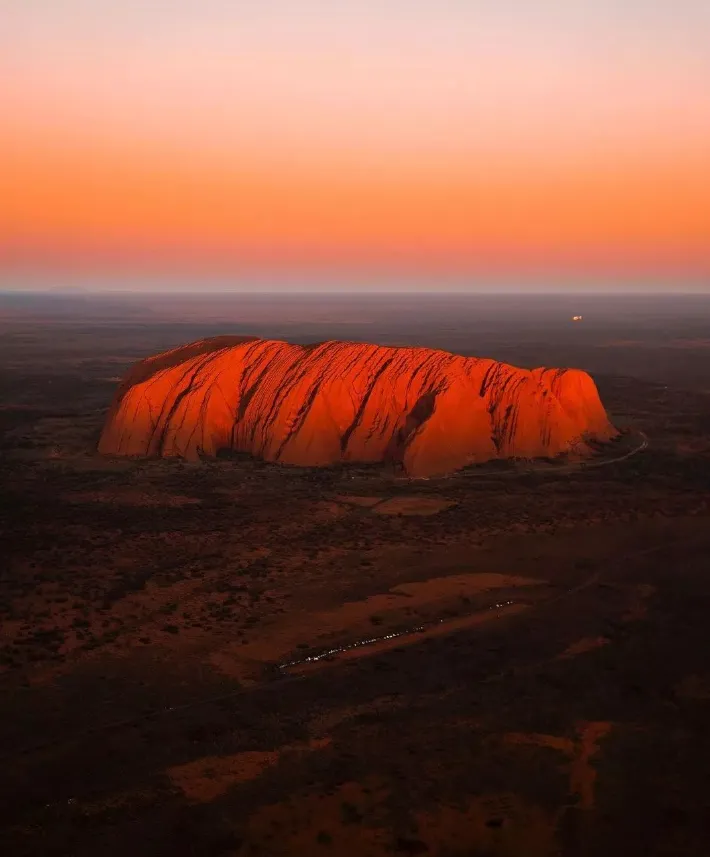
You are not a traditional owner
The traditional owners, the Anangu, consider Uluru to be a highly spiritual place where their Tjukurpa (creation stories) converge, which defines their ceremonies, art, and rules of life.
The rock is considered spiritually crucial because it was the traditional route of their Mala Men ancestors. UNESCO has recognized this “cultural landscape” by including it on the World Heritage List.
It destroys the environment
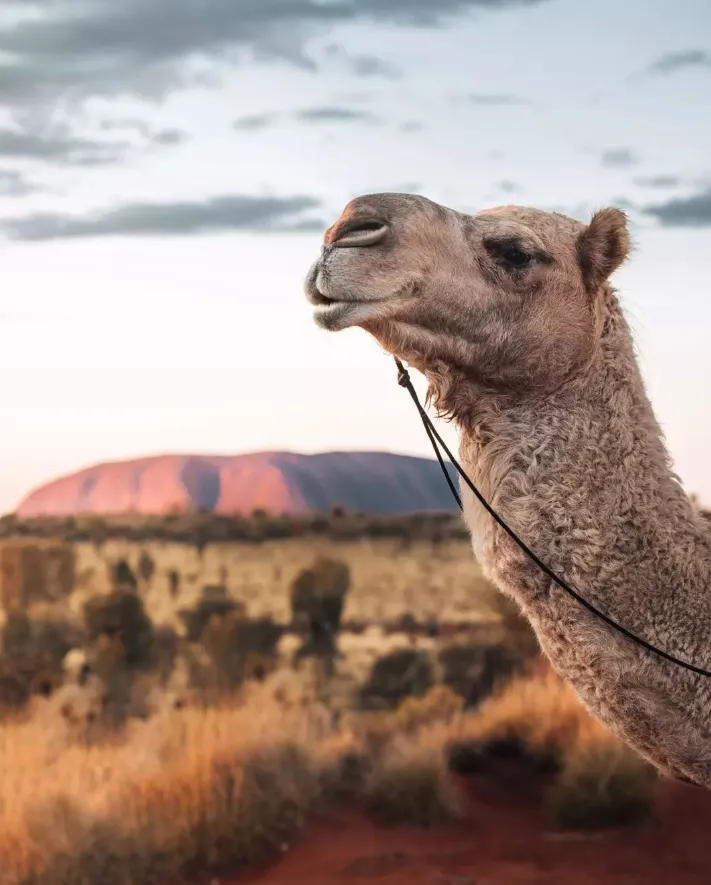
There are endless alternatives to climbing Uluru
There are many things to do in Uluru unrelated to climbing the mountain. During motorbike tours, you can ride past him on a camel or the back of a Harley-Davidson.
You can admire him with champagne in hand or dine on the dune in his presence during an intimate Tali Wiru performance or Sounds of Silence event that attracts larger crowds. You should do at least one of these al fresco dining options on your first trip (try to coincide with the waning crescent moon phase for a spectacular stargazing session).
You can cycle around its foothills and take part in various guided walks (such as to Mutitjulu Falls), where you can see the rock art up close and personal, accompanied by someone who will tell you the history of the land.
You can watch the sunrise and sunset against the backdrop of Bruce Munro’s incredible Field of Light.
You can even go skydiving over Uluru if you want an adrenaline rush.
More importantly, you can choose activities that are part of the local Aboriginal culture. For example, you can visit the Gallery of Central Australia (GOCA) to see the works of Anangu artists, visit the non-profit organization Walkatjara Art, or book a tour of Maruku.
FAQ
Why is climbing Uluru no longer allowed?
Climbing Uluru was banned in October 2024 to respect the wishes of the Anangu people, who consider it a sacred site.
What cultural significance does Uluru hold?
For the Anangu, Uluru is a spiritual place tied to creation stories, ceremonies, and ancestral traditions. It is comparable to a sacred temple.
What environmental issues were caused by climbing?
Foot traffic eroded the rock’s surface, and waste left behind by climbers polluted nearby water sources vital for local wildlife.
Is climbing Uluru dangerous?
Yes, the steep 800-metre climb has claimed more than 30 lives, and conditions like heat, wind, or rain made it highly unsafe.
What are alternatives to climbing Uluru?
Visitors can join cultural tours, explore walking trails, enjoy sunrise or sunset views, dine under the stars, or cycle around the base of Uluru.

